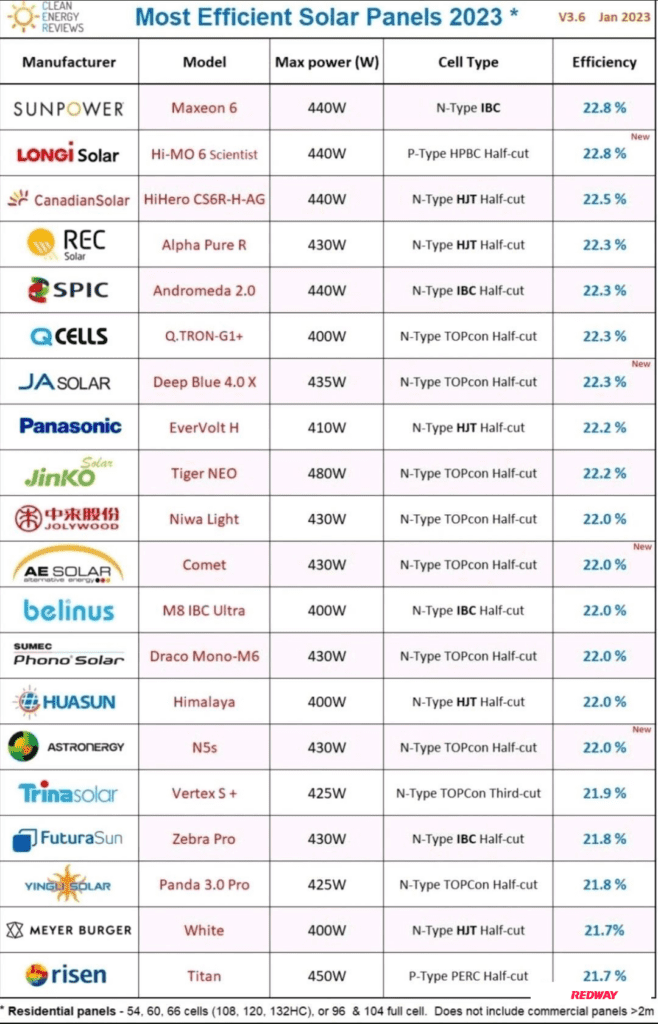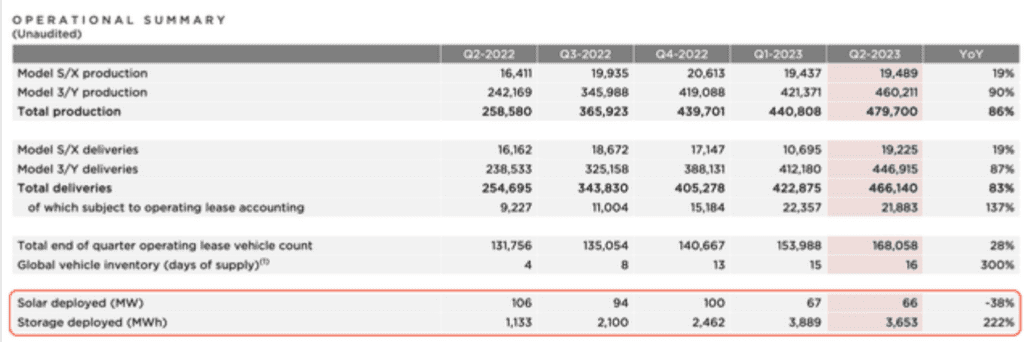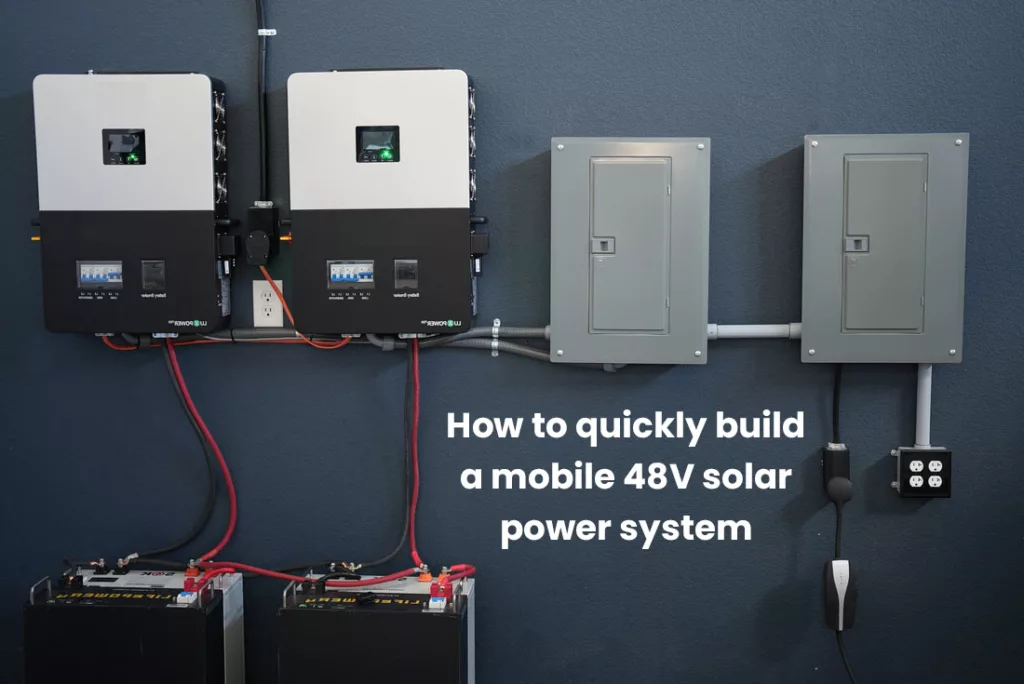Electric circuits can become complex when multiple components are involved, such as in a solar power system. To protect the system and ensure efficient operation, solar charge controllers are essential. There are various types of solar charge controllers available, including series regulators, shunt regulators, pulse width modulation (PWM) controllers, and maximum power point tracking (MPPT) controllers.

#post_seo_title
MPPT charge controllers are considered the most advanced and efficient option for solar power systems. These controllers track the maximum power point of the solar panels to optimize energy production. If you are in search of the best MPPT solar charge controllers for your system, here are six top options to consider:
1. Victron SmartSolar 100V 30Amps:
Victron is a well-known brand in the DIY solar industry, and their SmartSolar MPPT charge controllers range from 10A to 200A. This particular model is a 100V 30A controller with a compact design and integrated Bluetooth features for remote monitoring and control.
2. Victron SmartSolar MPPT 75V 15 Amps:
Another MPPT charge controller from Victron, this 75V 15A model offers efficient and accurate power generation, even on cloudy days. It features a smart load output to protect batteries from excessive draining and comes with a smartphone application for easy monitoring and control.
3. Epever MPPT Solar Charge Controller:
Epever offers an efficient MPPT charge controller compatible with both lead-acid and lithium batteries. With a tracking efficiency of up to 99.5%, this controller ensures optimal energy output. It also has built-in protection systems against short-circuiting, reverse polarity, and over-discharge.
4. Renogy Rover 100V 30A:
The Renogy Rover is a mid-range MPPT charge controller with an innovative design. It maximizes solar panel output even in shaded or micro-cracked conditions. This controller is compatible with various battery types and comes with a 4-stage intelligent charging algorithm for extended battery life.
5. Renogy Rover 40A:
The Renogy Rover 40A is another excellent MPPT charge controller from Renogy. It offers a mobile app and custom charging profiles for easy system setup and management. This controller is compatible with the most common battery types and comes with an LCD display for convenient monitoring.
6. EPEver Tracer 4125BN:
The EPEver Tracer 4125BN is a durable MPPT charge controller with a PV voltage limit of 150V. It is compatible with custom charging profiles and has large wire terminals for easy installation. This controller also features an MT50 screen for viewing system specifications.
Factors to Consider When Choosing an MPPT Charge Controller:
1. Rated Charge Current: Consider the maximum amount of current the controller can handle to charge your batteries efficiently.
2. Rated Load Current: Check the output current through the load terminals to ensure compatibility with your system.
3. Battery Voltage: Ensure the charge controller is compatible with your battery bank voltage (12V, 24V, etc.).
4. Compatible Batteries: Verify that the charge controller supports your battery type (lead-acid, lithium, etc.).
5. Max Input Voltage: Consider the maximum voltage the charge controller can handle from the solar panels.
6. Smart Options: Check if the charge controller has built-in Bluetooth or other remote monitoring features.
7. Other Considerations: Pay attention to factors like operating temperature range, power consumption, and temperature compensation.
Top 10 Questions and Answers for Practitioners in the Energy Storage or Solar Industry:
1. How does an MPPT charge controller differ from other types of solar charge controllers?
2. What are the advantages of using MPPT charge controllers in solar power systems?
3. Which brands are known for producing high-quality MPPT charge controllers?
4. What factors should I consider when selecting an MPPT charge controller for my system?
5. How does a MPPT charge controller optimize energy production from solar panels?
6. Can MPPT charge controllers be used with different types of batteries?
7. What are the key features to look for in an MPPT charge controller for remote monitoring and control?
8. Are there any additional accessories or modules required for Bluetooth monitoring with MPPT charge controllers?
9. How does temperature compensation work in MPPT charge controllers?
10. What are the common protection features provided by MPPT charge controllers to safeguard batteries and panels?
Please note that these questions and answers are a sample and can be customized to fit the specific needs and interests of the practitioners in the energy storage or solar industry.












